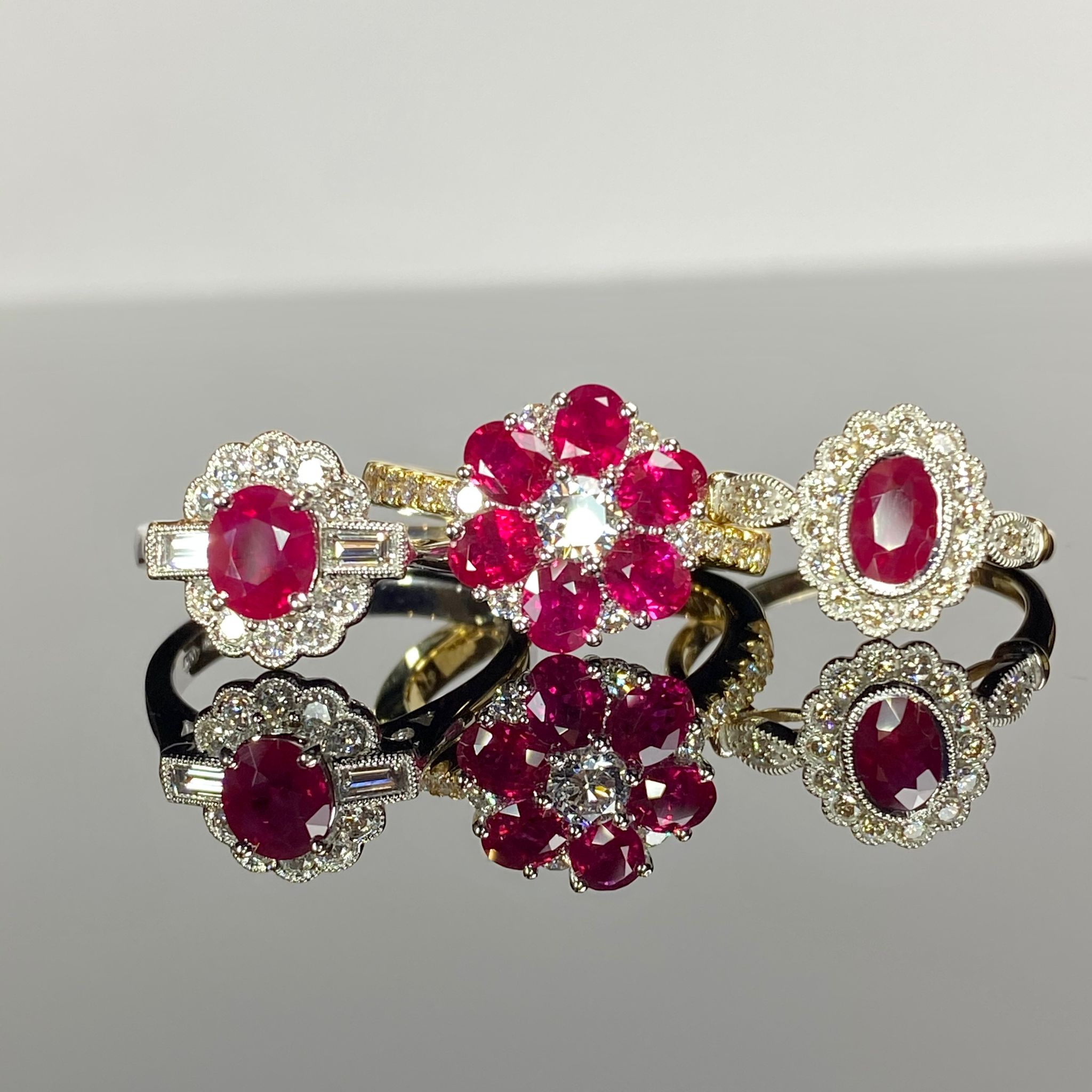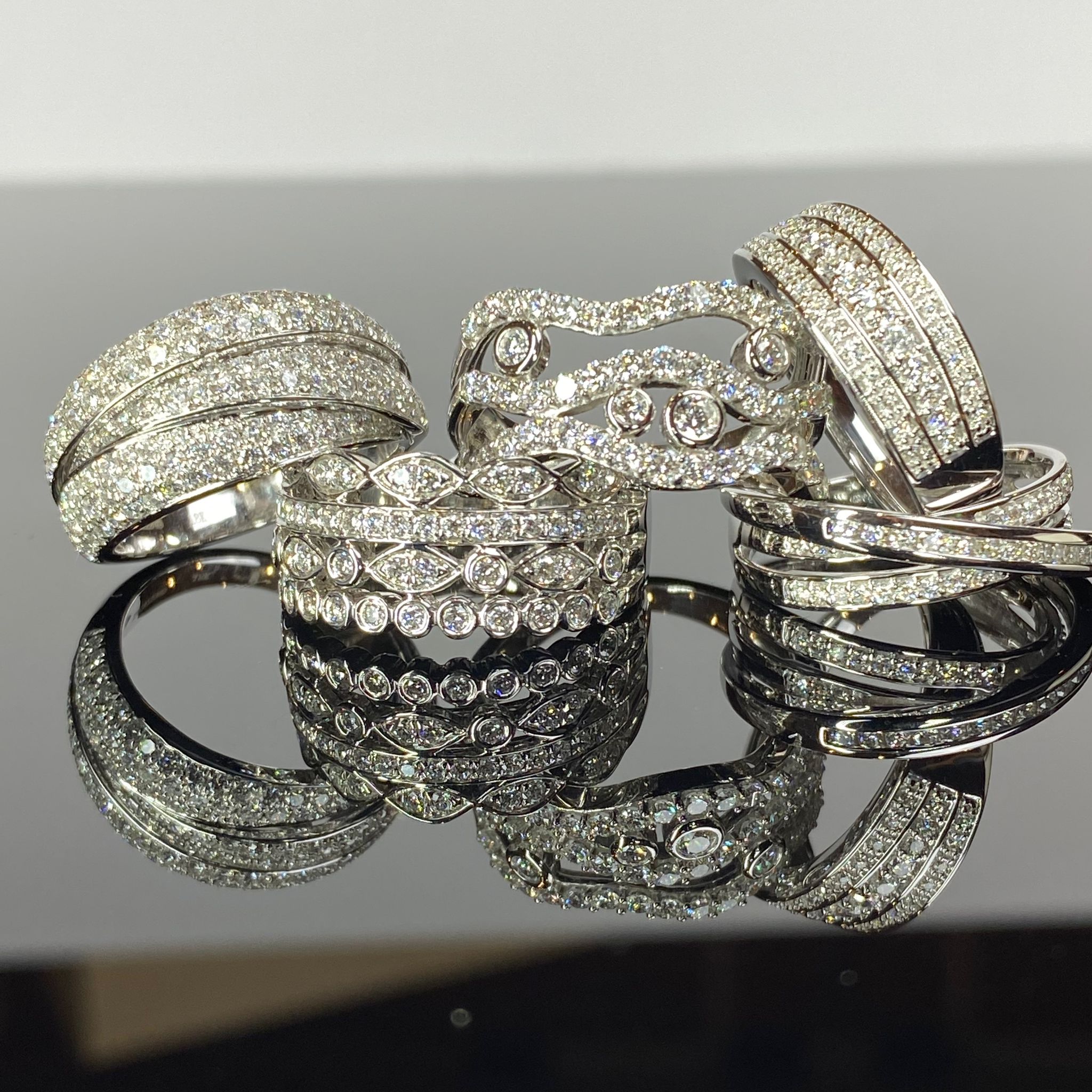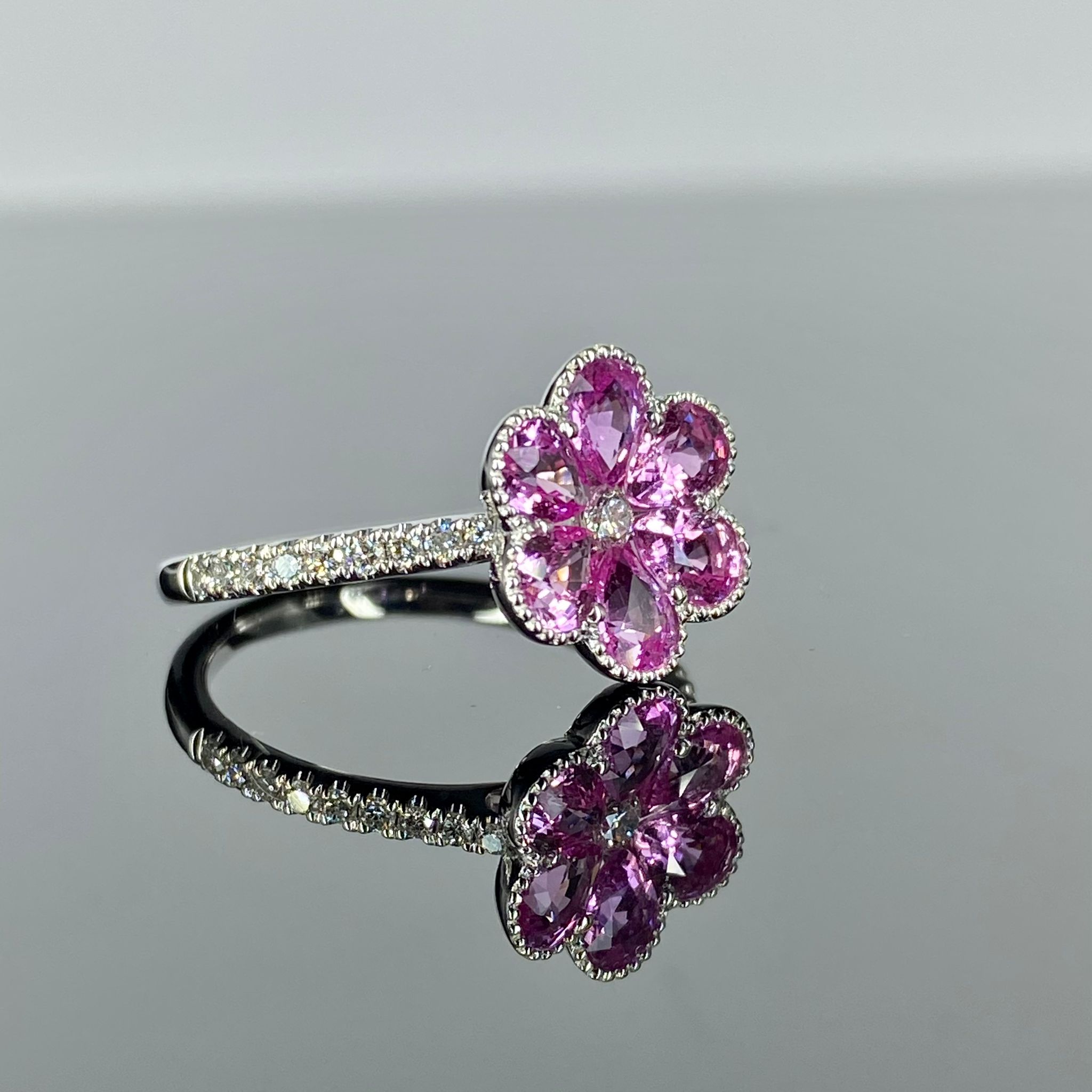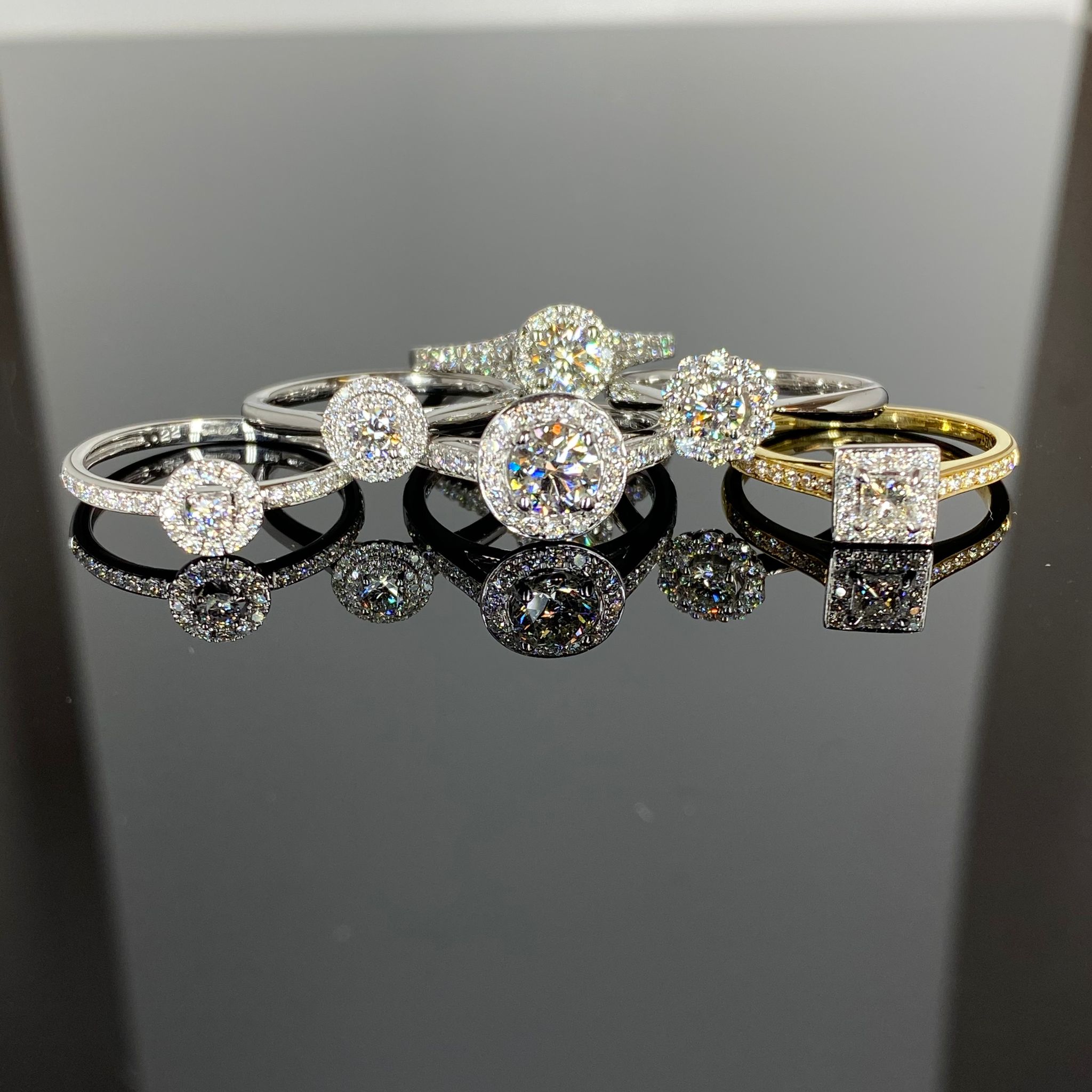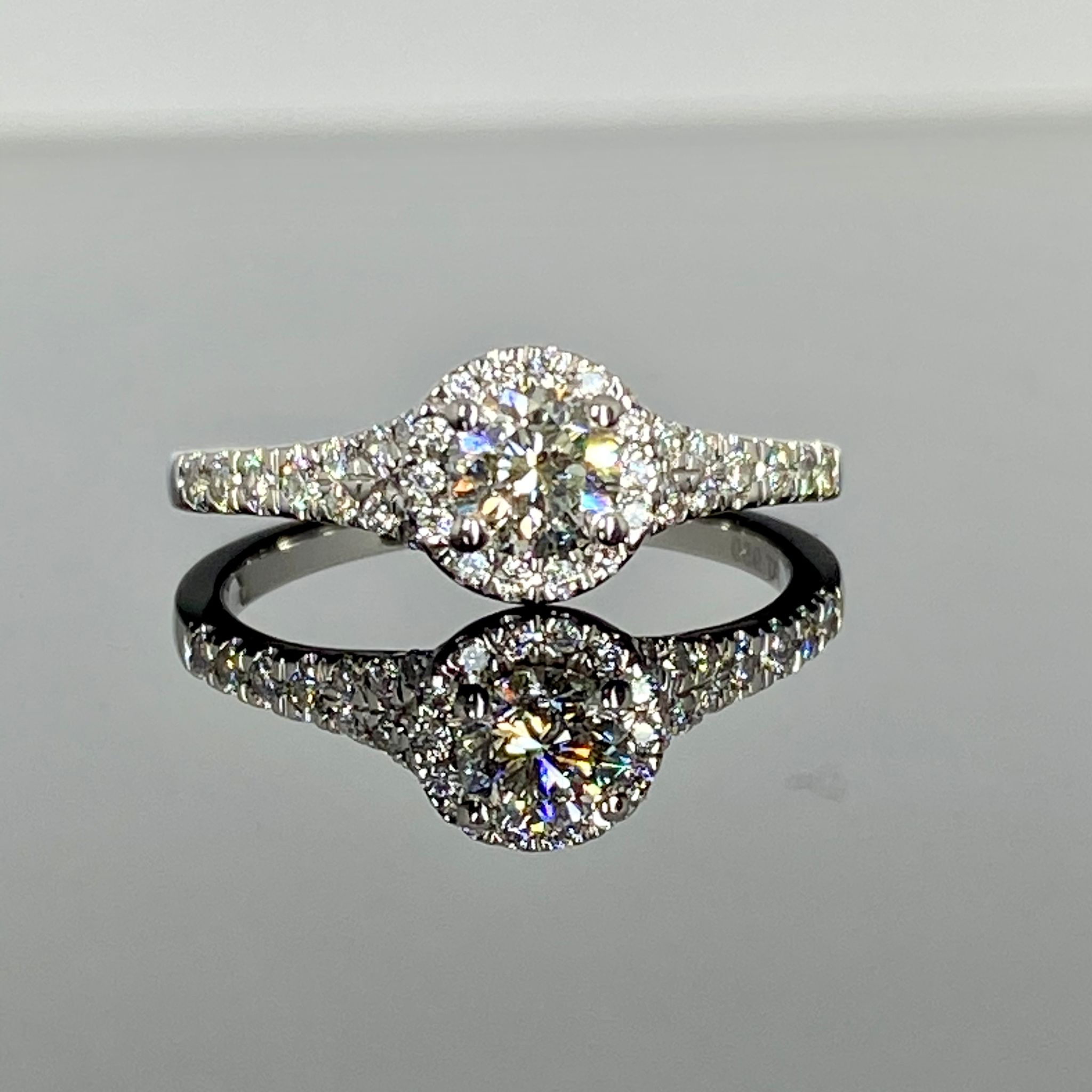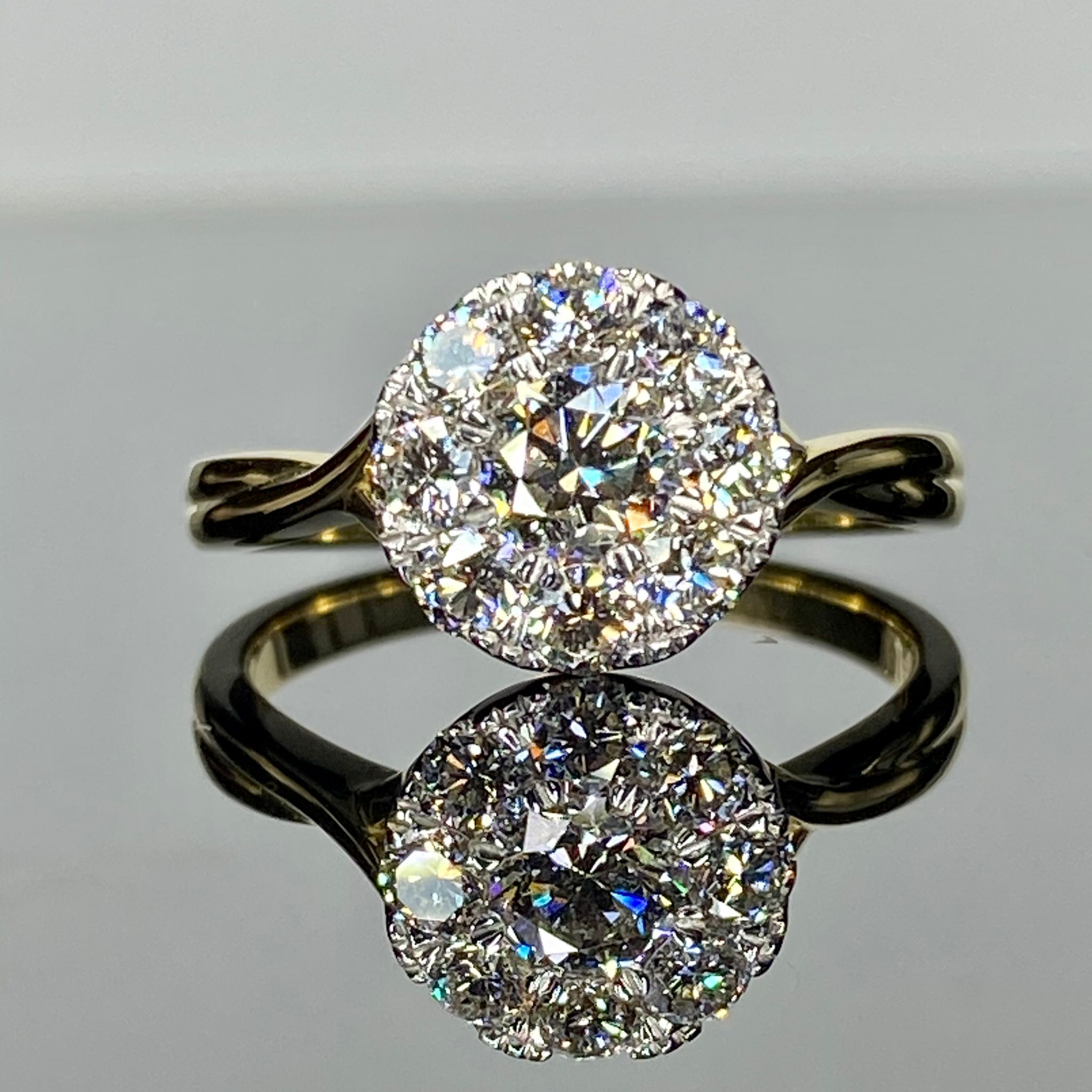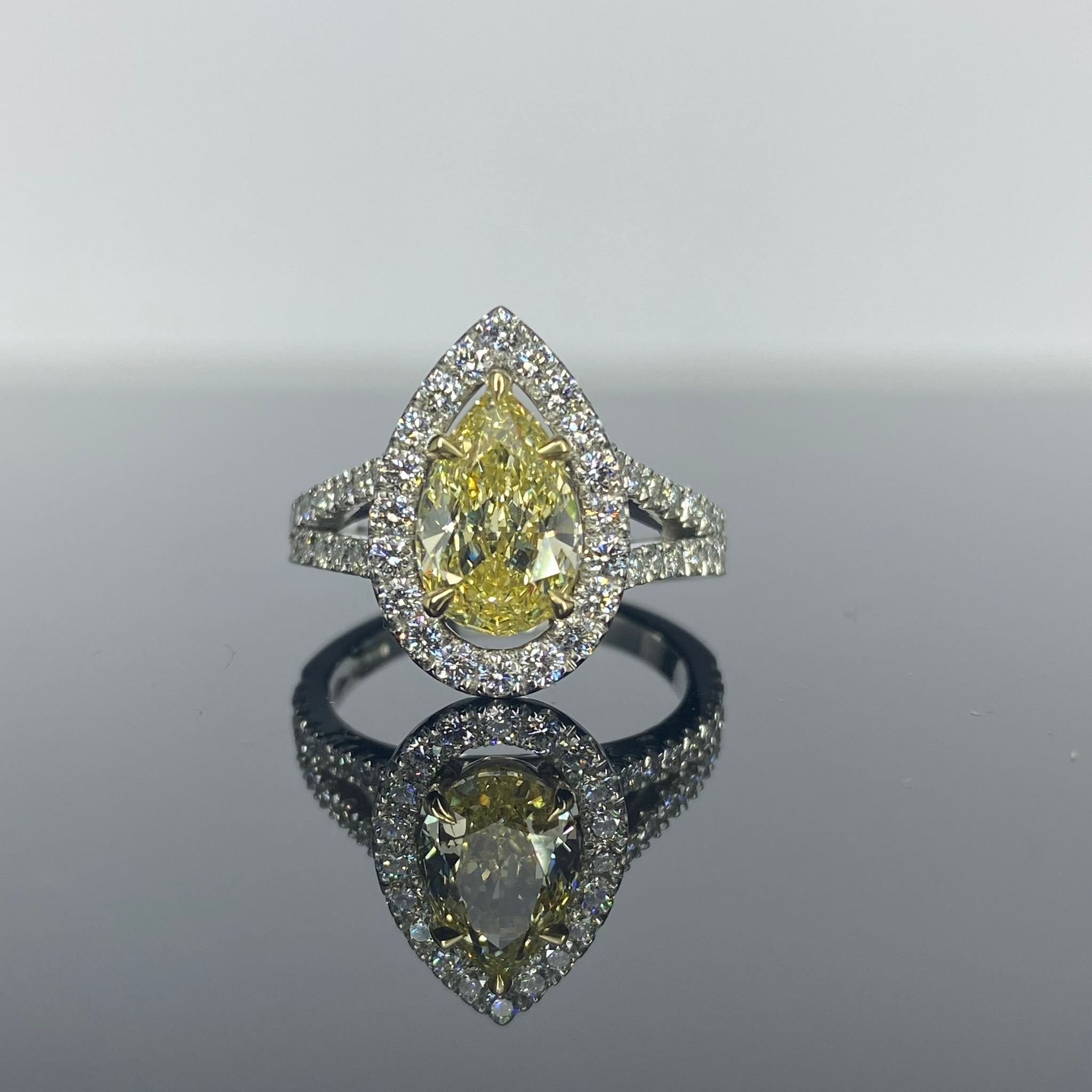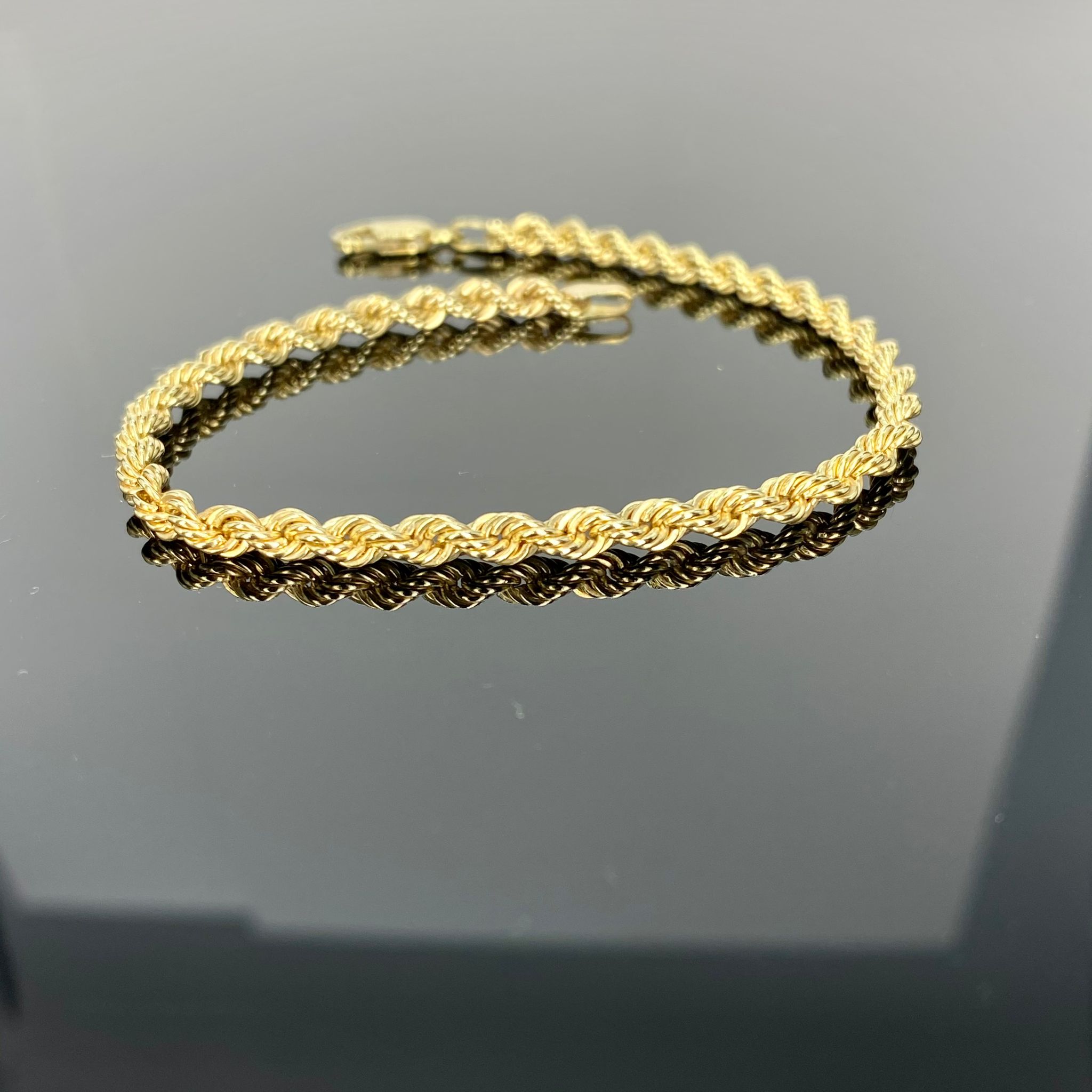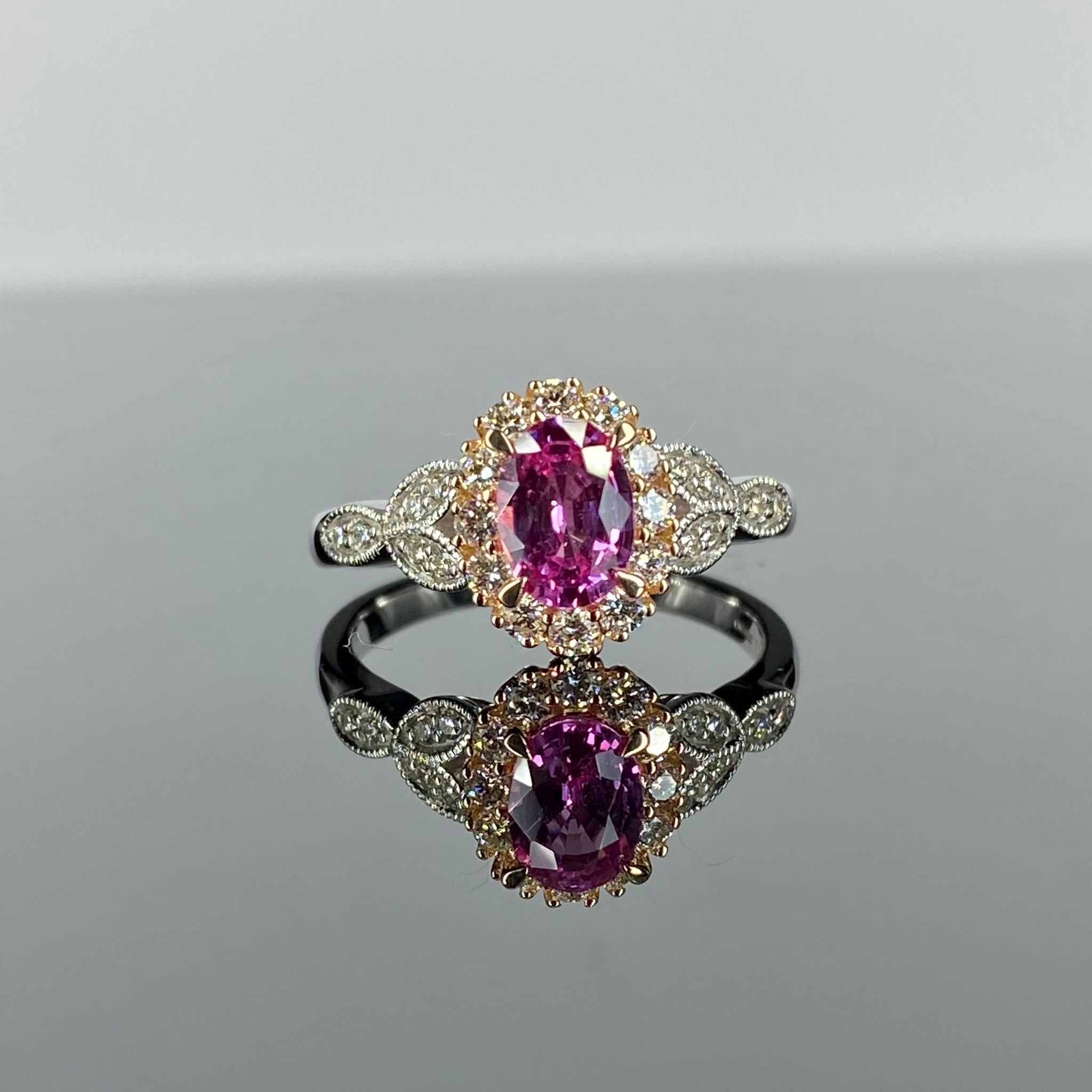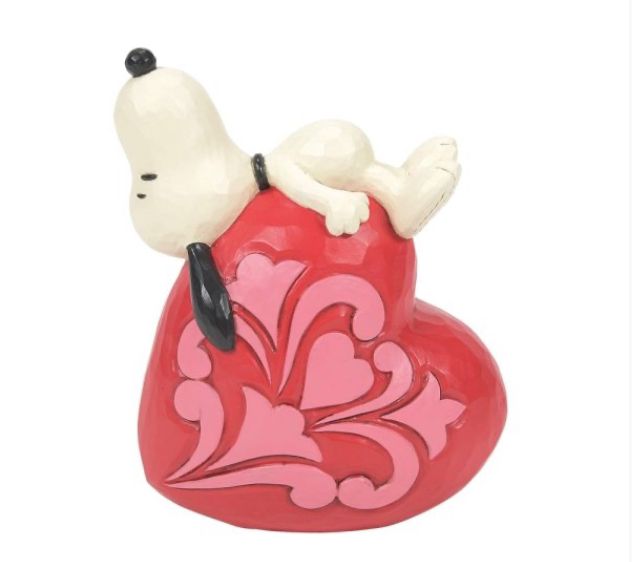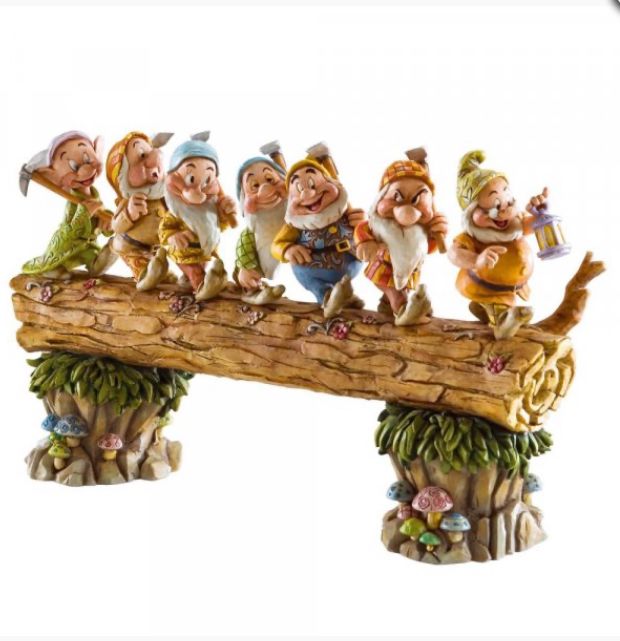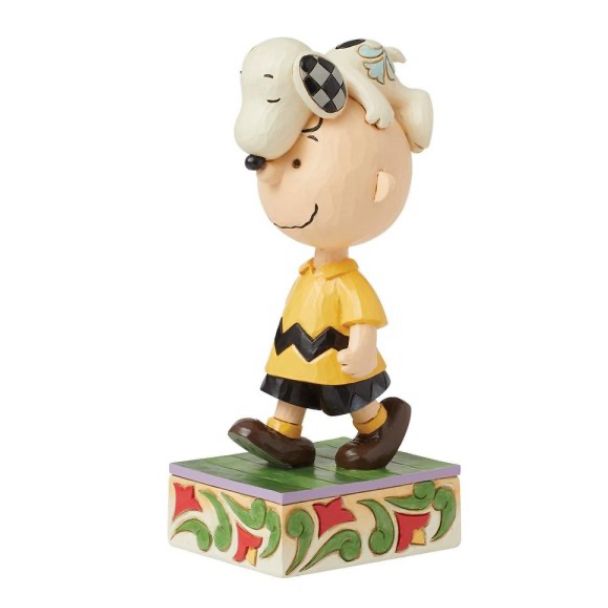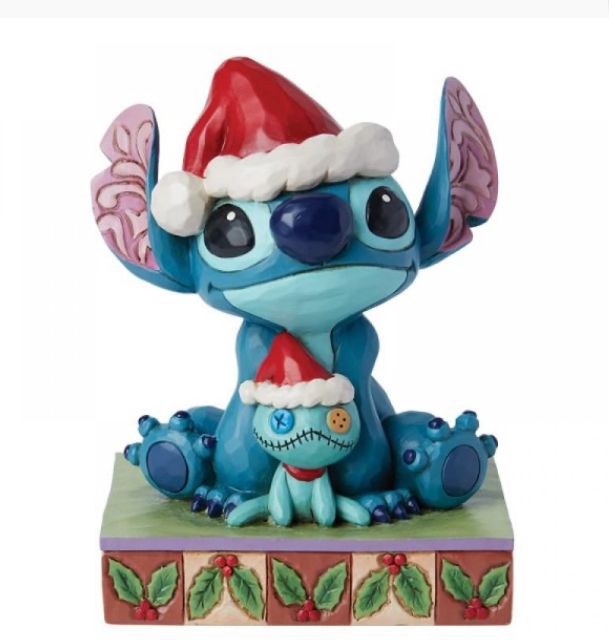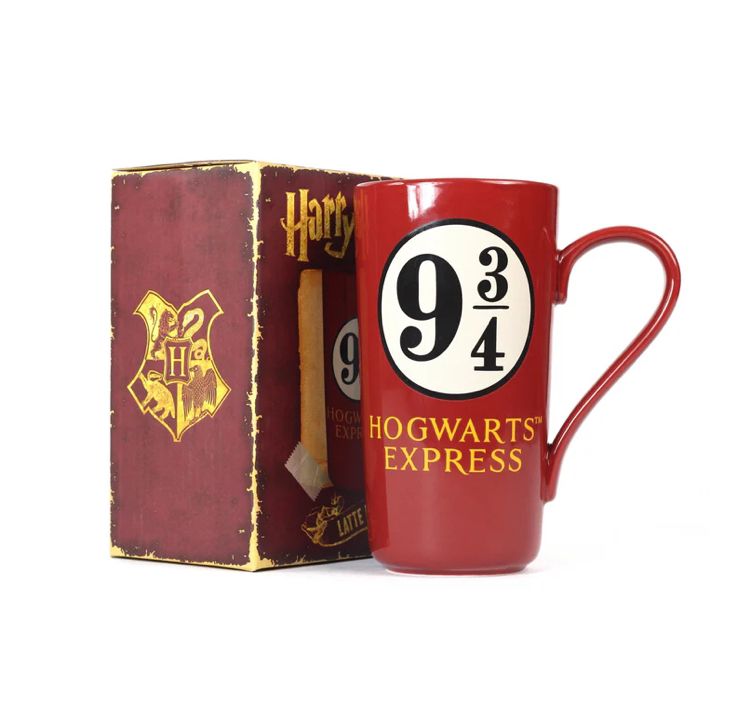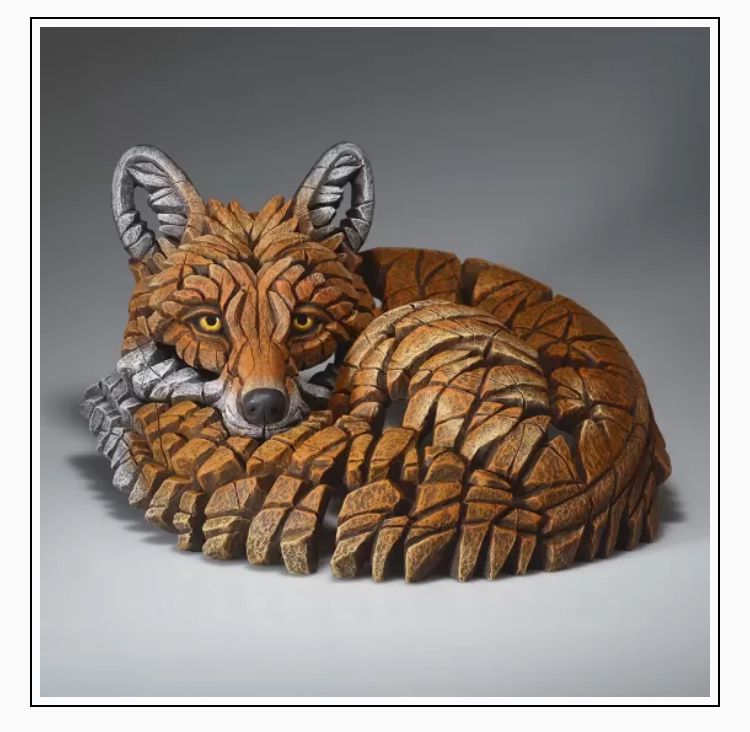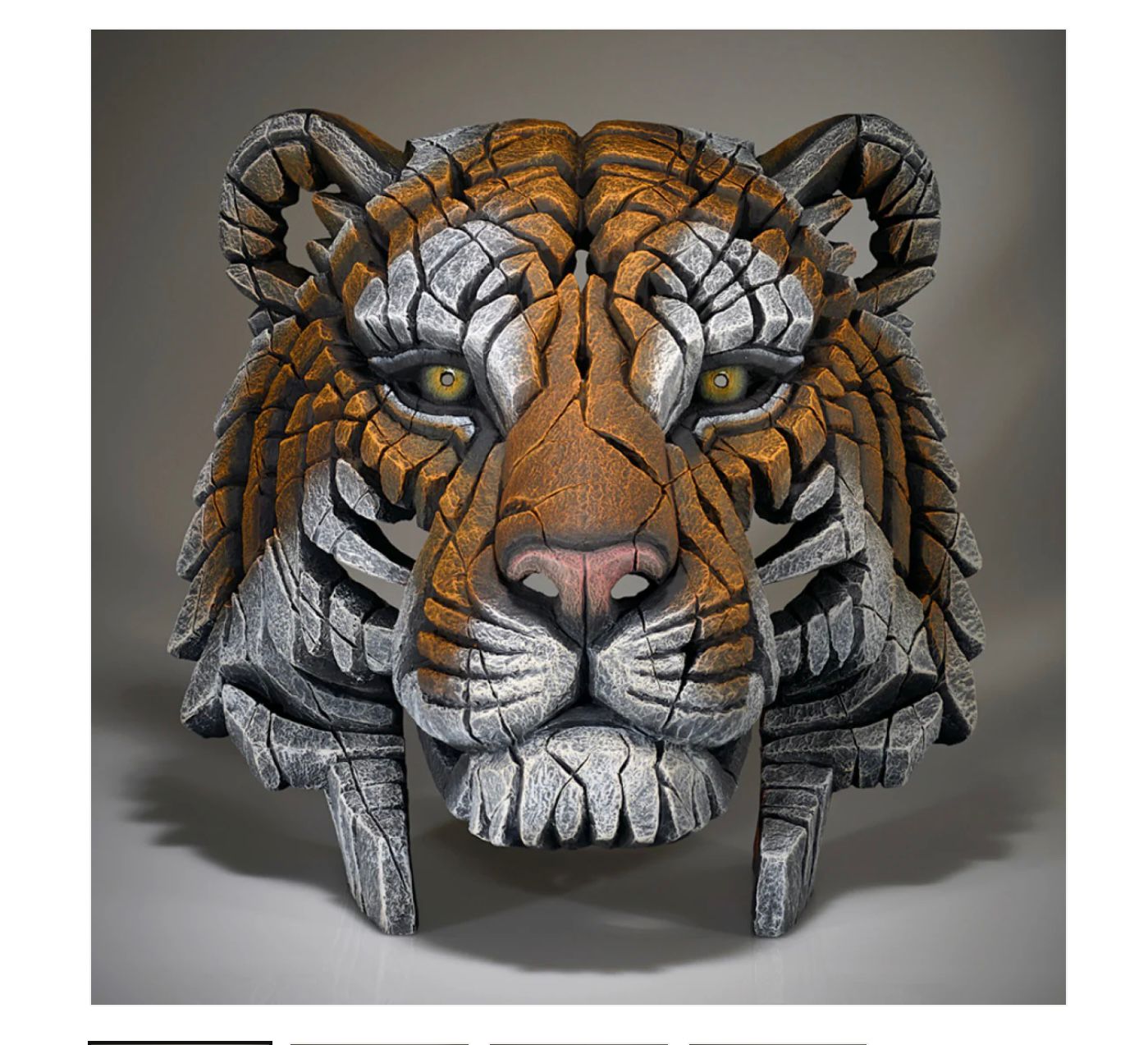Welcome to Mortons Jewellers
Love * Trust * Tradition * Family
Established for over 35 years in our Poole High Street store.
We are a family run traditional jewellers stocking a huge range of new and preowned jewellery with an on-site jewellery workshop for repairs and bespoke creations.
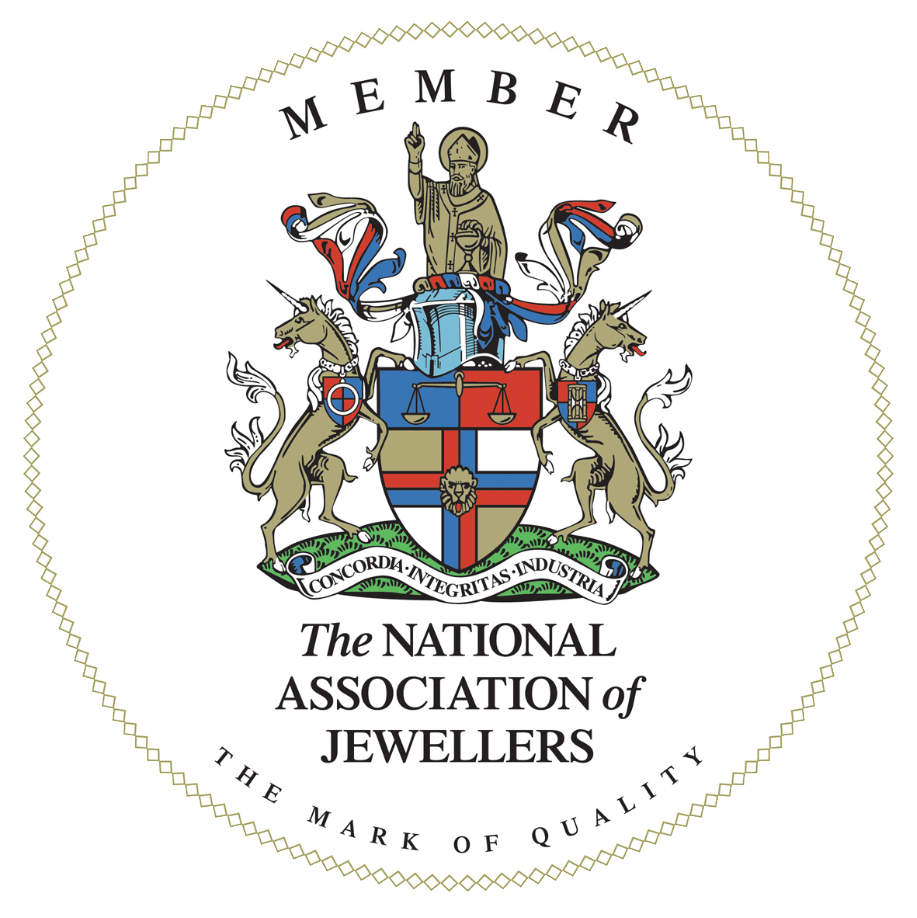
About us
Mortons is a family run jewellers that has been located in the same listed building in Poole High Street since 1989.
Over that time we have built up an unrivalled reputation for giving honest, knowledgeable and above all friendly advice, whilst offering an uncompromising selection of new jewellery, some of which has been created in our own workshop, and a genuinely huge range of pre-owned pieces
Opening Hours
Monday: 10:00am to 5:00pm
Tuesday: Closed
Wednesday: Closed
Thursday: 10:00am to 5:00pm
Friday: 10:00am to 5:00pm
Saturday: 10:00am to 5:00pm
Sunday & Bank Holidays: Closed
Please note will be closed:
from: Tuesday 16th September
until: Saturday 20th September
We are a family run business, a member of our team is having a minor operation and hospital stay, so it will not be possible to open on these days
We will be open as usual from 10am on Monday 22nd September and look forward to seeing you.
We apologise for any inconvenience.
Testimonials
We’d like to share just a small selection of our excellent customer reviews
Can't express enough the amazing customer service Mortons provided me. Helping me create the best engagement ring and doing all they can to make sure it comes back in good time, pristine and keeping me in contact every step of they way.
Cant recommend this place enough!
Big thank you to the whole team!
Key Symes
Couldn't recommend Mortons more highly! My partner and I stopped by to look for engagement rings and Sally and the team were so helpful, patient and knowledgable. It made choosing rings such a special experience, and as a queer couple the care and genuine interest they took really meant a lot.
Hannah Nguyen
Went in to enquire about having several rings resized. Really helpful professional staff. Picked up my rings yesterday and they are all sparkling fantastic job. So lovely have a professional jeweler in Poole
Jo Carter
Always attentive service and a very good range of jewellery
Anthony Preston
Awesome service and the staff are so lovely and helpful. Lovely jewellery. My go to place for all jewellery purchases and repairs
Deborah Freeman
Amazing Service. Highly recommend. A real treasure of Poole. Knoweldgeable, genuine family run business. The staff couldn’t have been more helpful.
Katie Whitney
Thankyou for the lovely work you did on repairing my engagement ring, replacing the missing stone. it came back looking brand new and beautifully polished.
Carly Le Feaux
After having no luck with three other jewellers, the team at Morton’s couldn’t have been more helpful! My Nan’s ring required resizing and resetting so I could have it as my wedding band and the goldsmith inside the shop absolutely nailed it… I couldn’t be more happy with the speed, the service and the result. One VERY happy customer. Thank you so much to the team for working on this very special ring for me, means the world!! Highly recommend.
Rachel Baxter
I cannot recommend this jewellers high enough. I have used them for jeweller repairs and for selling some jewellery. I found the staff very friendly & helpful on both occasions. They are clearly very knowledgeable.
Denise Haynes
Great Shop! I sold my old jewellery, the man was very knowledgeable and offered a better price than anywhere else I’ve been. Will definitely be returning soon! Can’t recommend enough!!!
Erin Finch
Really helpful and knowledgeable staff and I was offered a fantastic price for gold much better than elsewhere
Damon Green
A fantastic local Jewellers. The staff here know their stuff and are very helpful and freindly and have some lovely pieces. They sort our wedding bands and traded some older bits we had. Would recommend to anyone
Thomas Holdich
We went in to look at engagement rings. The whole team were amazing. I said I wanted something a bit different and the lady helping us handed me a ring to try. It was a perfect fit and totally different from any engagement ring I’d ever seen. Honestly fantastic service from a very friendly and knowledgeable team.
Julie Gough
Jewellery
We stock an extensive range of new, handmade, secondhand and vintage jewellery. We believe jewellery should be as individual as you, everything we sell has been chosen or designed by us. We have thousands of items in stock, and available to buy. The re-sizing of rings, if required, is completed in our own workshop.
Visit us in store to see our fantastic range of beautiful jewellery, where our friendly knowledgeable team will be happy to help.
Pre-owned
We have been buying jewellery in store for over 35 years and in that time we have built up a wonderful stock of thousands of items. Every one of which has passed through our workshop, going through a comprehensive list of checks and appraisals before being approved for sale. Every item we sell comes with a 12 month guarantee.
Workshop
We have our own jewellery workshop managed by the same highly skilled goldsmith and diamond mounter since our inception in 1989. Because we carry out all work in-house, you can be assured that your treasured item will be looked after whilst in our care and returned to you in perfect condition with a 12 month guarantee on all work completed.
Services offered include
Ring resizing
Rhodium plating of white gold
Chain and bracelet repairs
Stone supply and setting
Re-tipping and renewing of clawing
Simple soldering
Total restoration and refurbishment
Bespoke Design with CAD and handmaking of jewellery
Please note:
We assess each item before taking in for repair, and due to the huge number of variables, we are unable to give estimates for our workshop services over the phone or by email. Pop into store where our friendly, knowledgeable team will be happy to offer assistance and advice
Gold Buying
We buy second-hand jewellery, precious metals and scrap gold. Our on-site valuer has over 40 years of experience and is able to make an immediate assessment and offer.
There is never any pressure on you to sell your items immediately and we are more than happy to hold our offer price if you wish, giving you time to think about it. Then when you choose to sell we make immediate payment by cash or bank transfer.
Part exchange is also a popular option. You can choose an item from our range and use your old jewellery to pay for it. Pop into store for a free, no obligation offer or advice on selling jewellery.
*Address ID is required when selling.
Follow Us
Mortons Jewellers
79 High Street, Poole, Dorset. BH15 1AH
TEL: 01202 669563
